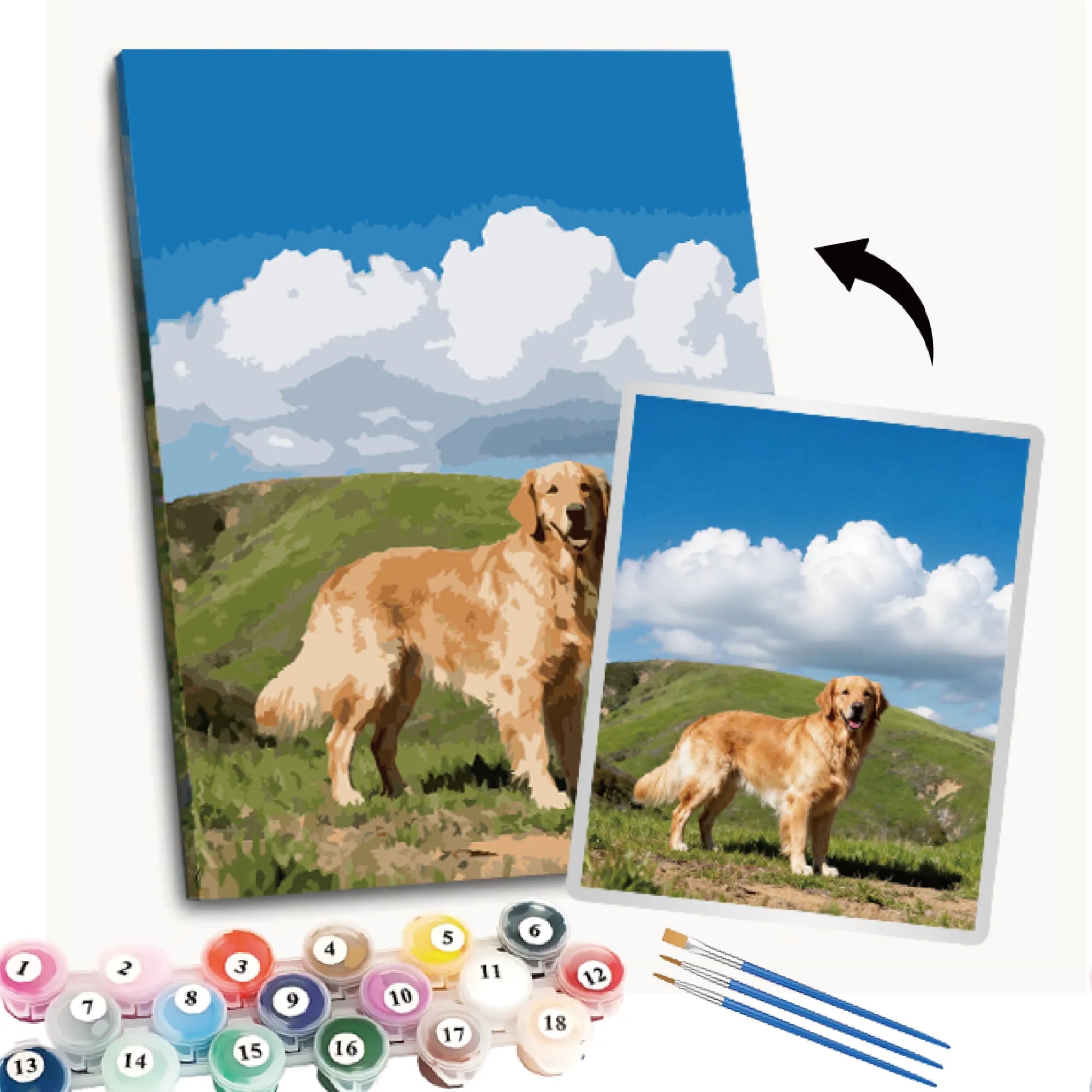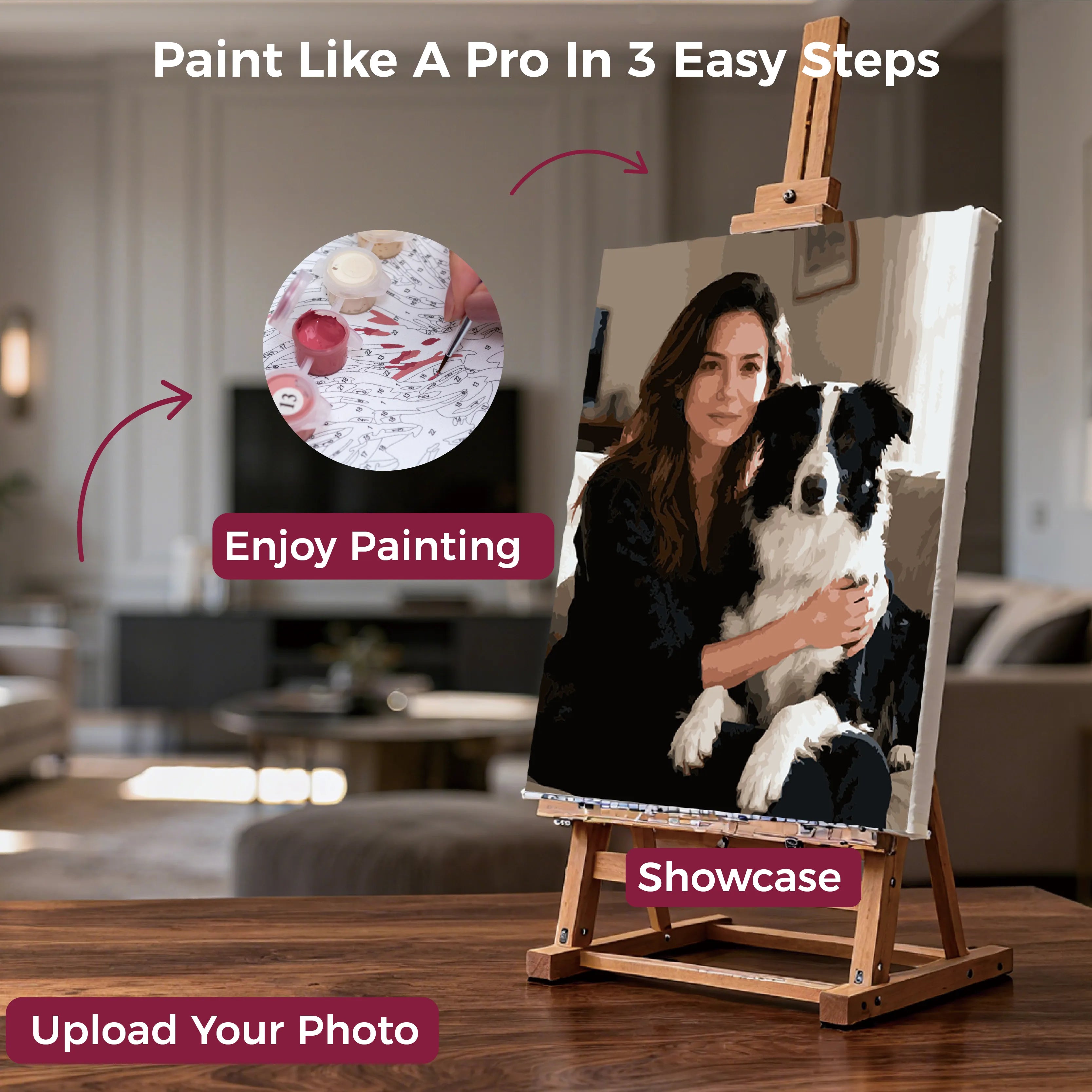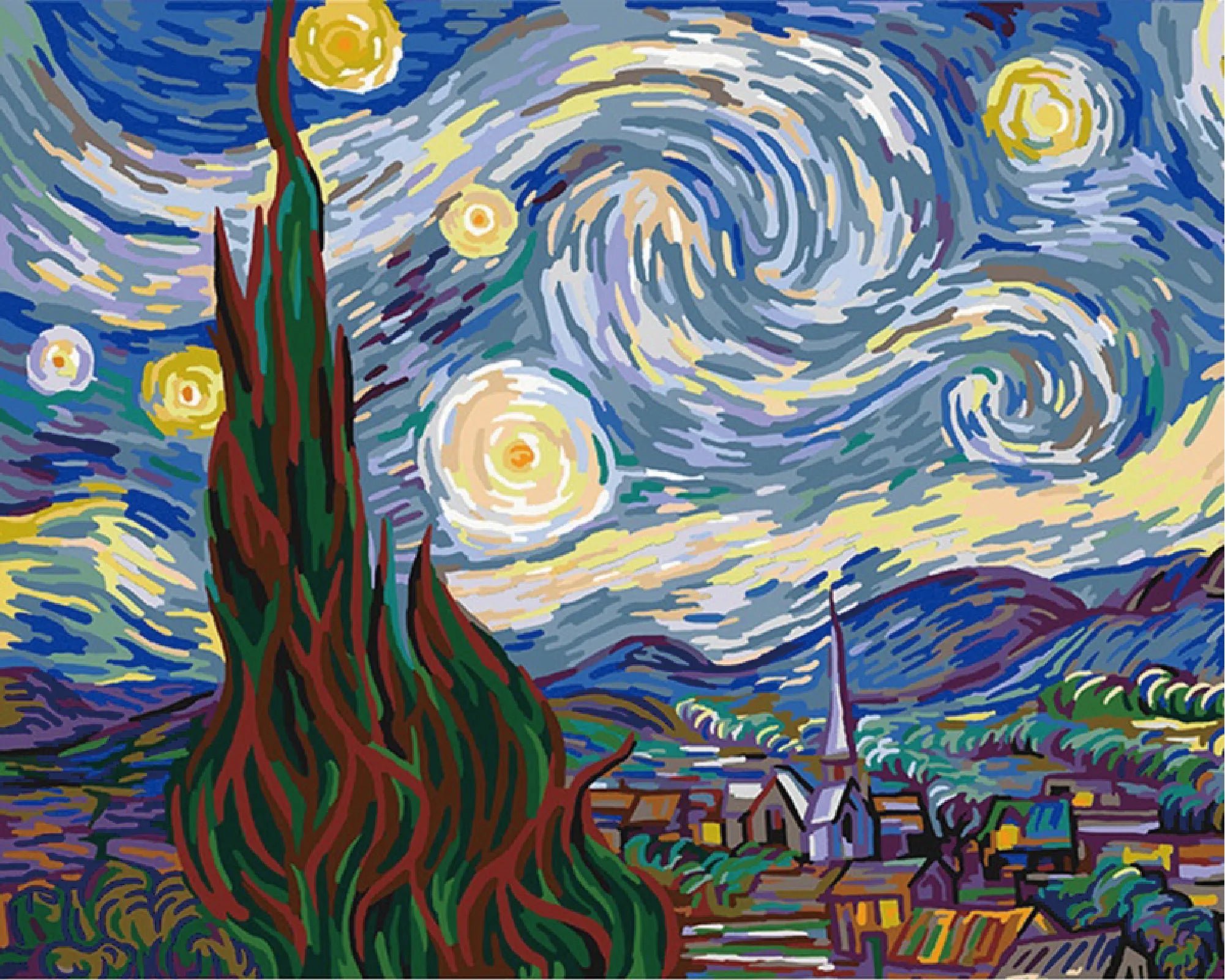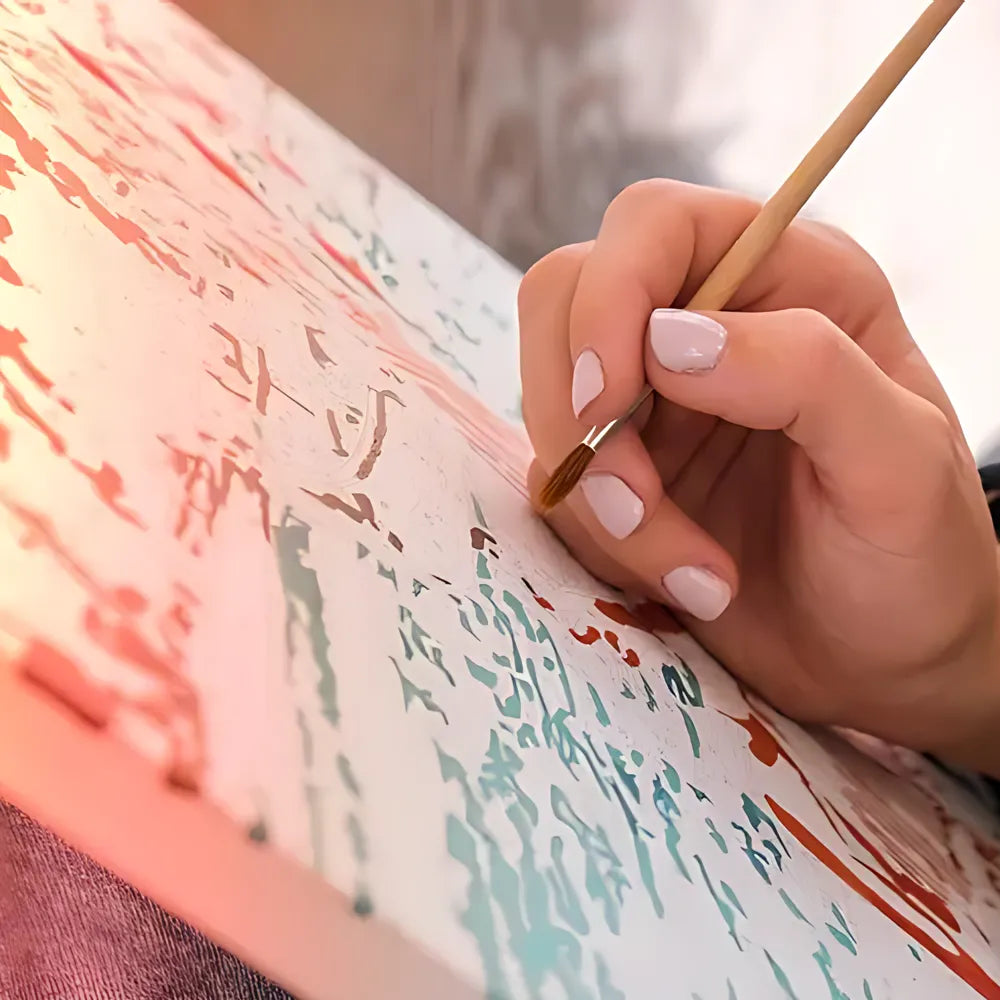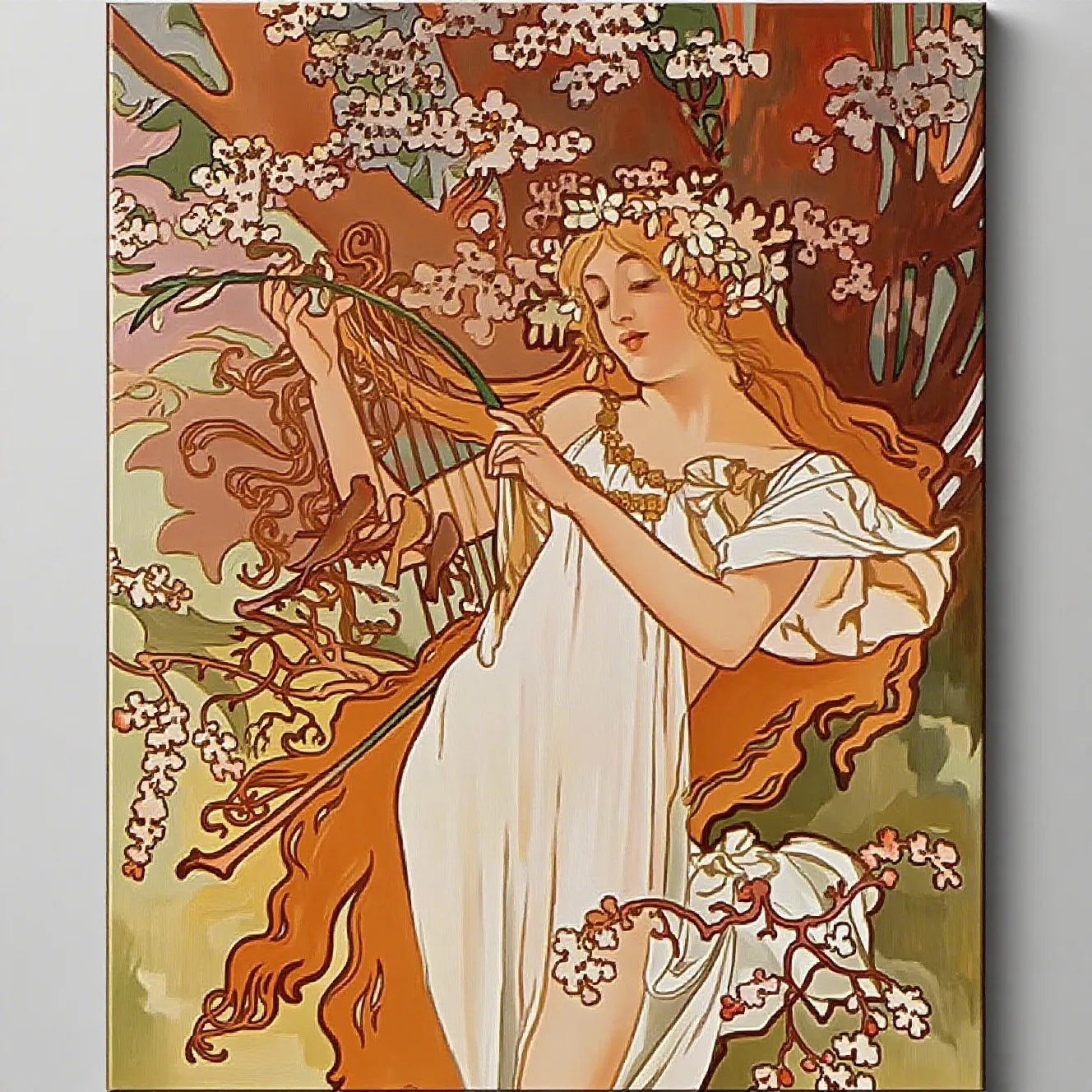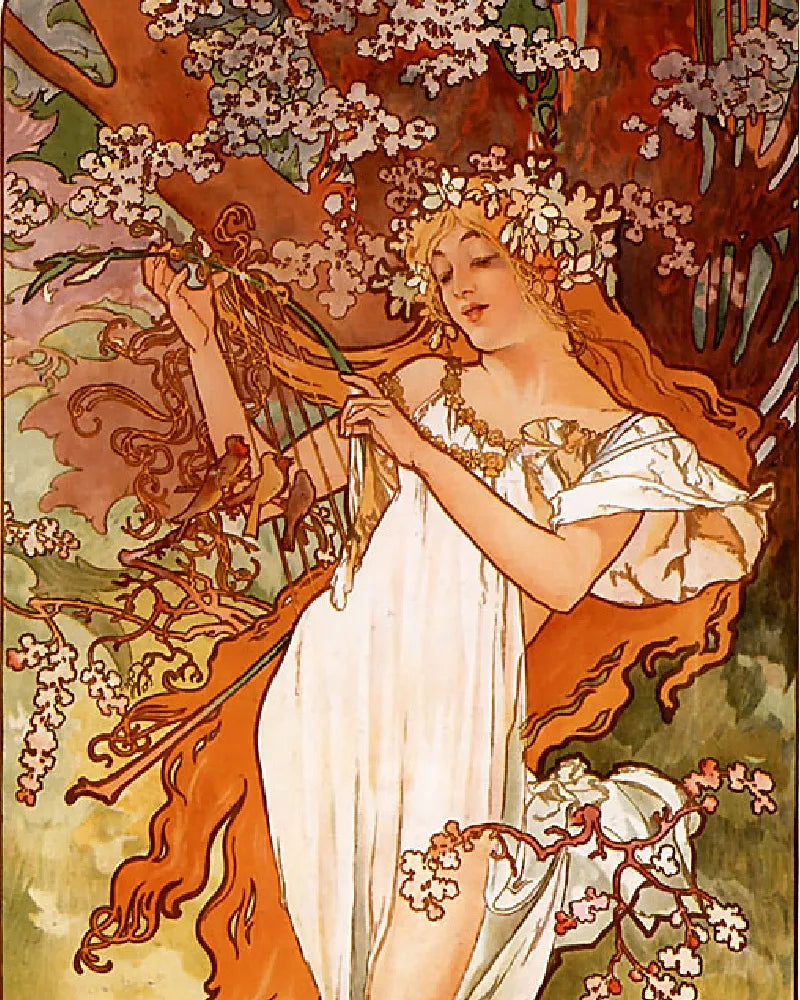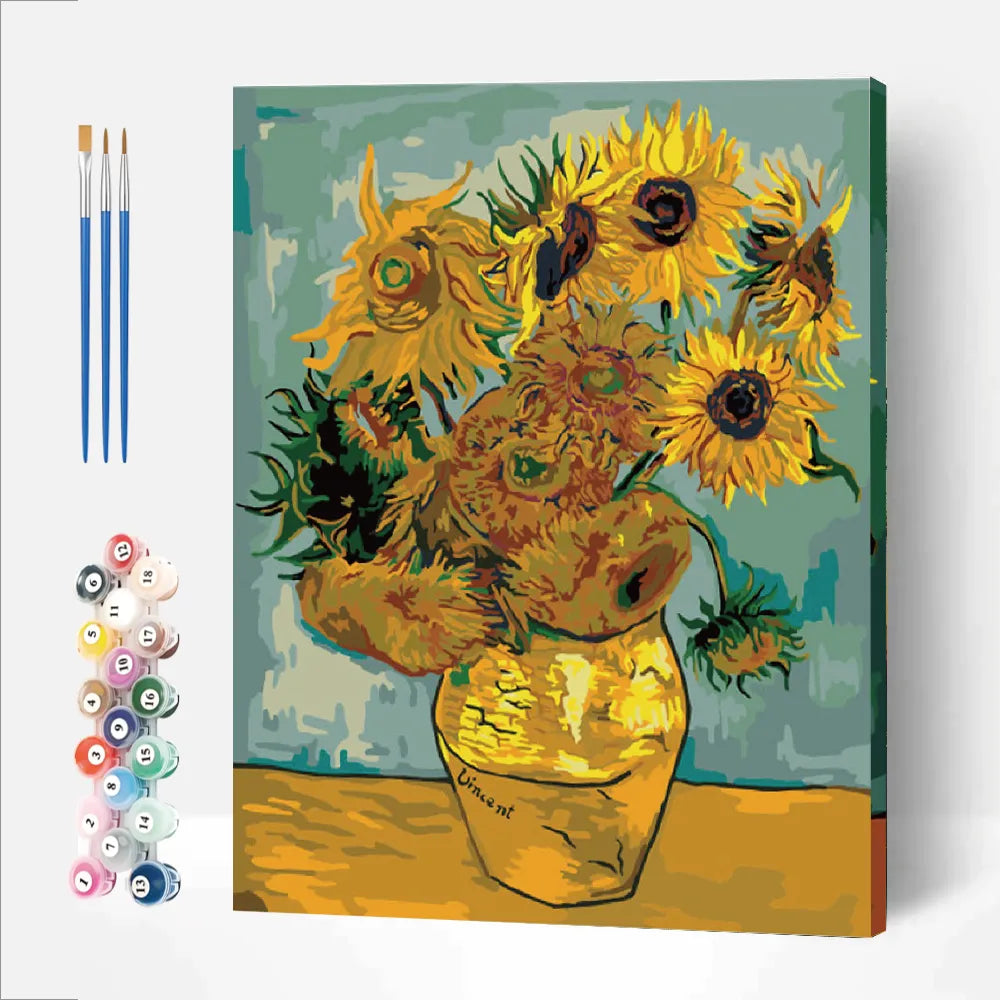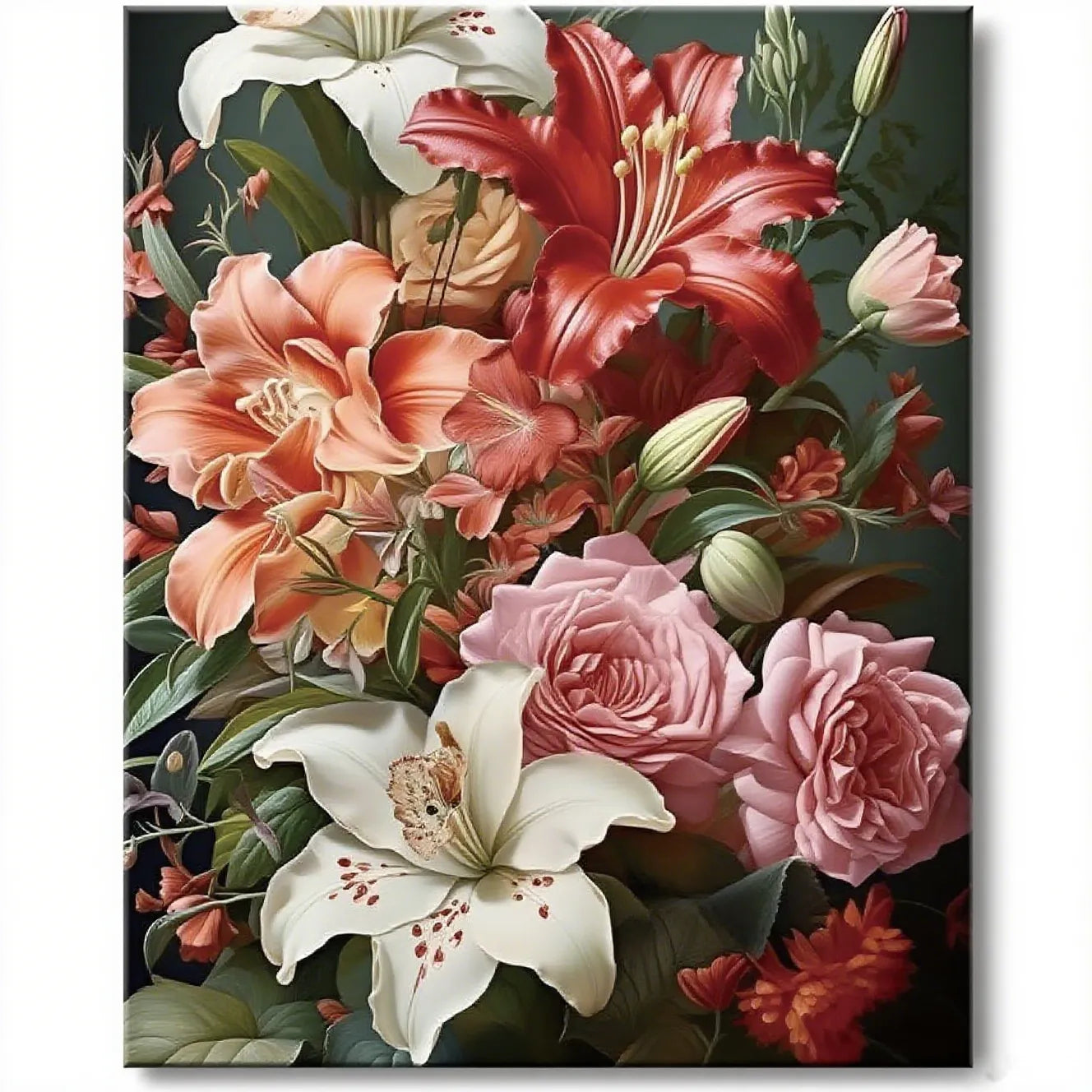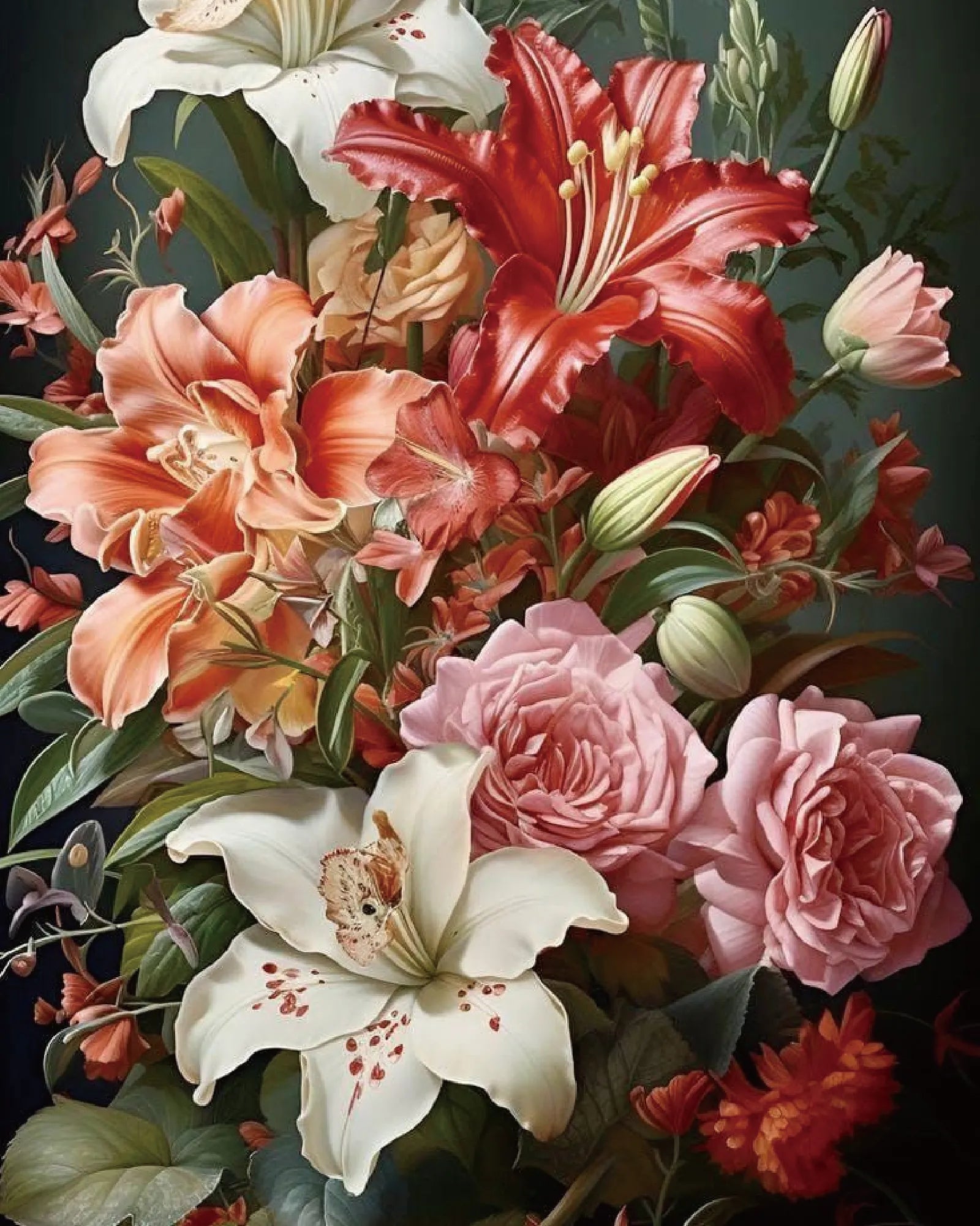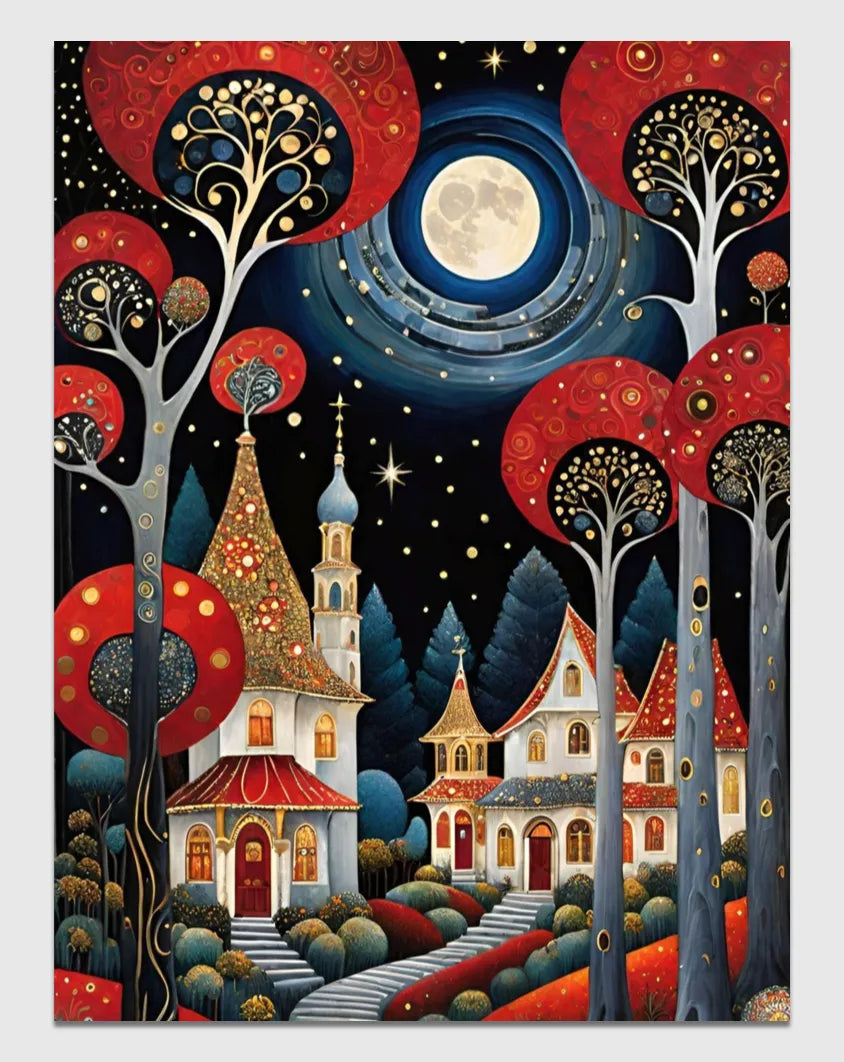Horses have long been a symbol of beauty, strength, and grace, making them an everlasting muse for artists throughout history. Their elegant curves, powerful anatomy, and expressive eyes offer endless inspiration for painters. But capturing their essence on canvas can feel intimidating, especially for beginners. Don’t worry—we’re here to help you break it down step by step! Whether you're new to painting or a horse enthusiast eager to tackle your first equine masterpiece, this guide will walk you through how to paint a horse, from prepping your materials to adding the final touches. By the end, you’ll not only have a completed painting but a newfound confidence to explore your creativity further.
Materials You’ll Need
Before you start painting, it’s important to gather the right supplies. Using quality materials, even as a beginner, will make a huge difference in your work. Here’s a basic list of what you’ll need to get started:
Essential Supplies
- Canvas or Paper: Choose a medium-sized canvas or thick acrylic/oil painting paper. For beginners, 8"x10" is an ideal size to balance detail and ease of handling.
- Acrylic or Oil Paints: These mediums are great for beginners because they allow layering and can easily be corrected if mistakes arise. Key paint colors include white, black, burnt sienna, raw umber, yellow ochre, and ultramarine blue.
- Brushes:
- Round brushes (for detailing the mane, eyes, and tail)Flat brushes (for filling in the large areas)Fan brushes (for blending and soft textures)
- Palette for mixing colors.
- Acrylic Gel Medium or Linseed Oil (depending on your paint choice) for smoother application.
- Jar of Water or Solvent to clean your brushes.
- Rag or Towel to blot your brush.
Optional Supplies
- Graphite pencil for sketching.
- Varnish to protect the finished painting.

Setting yourself up with the right tools paves the path to success. Once you have the materials ready, it’s time to bring your horse to life on canvas!
Sketching the Horse
The foundation of any painting lies in a good sketch. Sketching your horse ensures you capture its proportions and anatomy accurately before you commit to paint. Here’s a simple process to follow:
- Start with Basic Shapes
Horses are composed of circles, rectangles, and ovals. Begin with a large oval for the body, a smaller circle for the head, and another oval for the neck. Use straight lines for the legs and a triangle to outline the ears. This step allows you to block in the overall shape of the horse.
- Refine the Outline
Once the basic structure is there, start adding curves and details. Pay attention to the horse’s muscle definition, the angle of the legs, and the neat curve of its back. Take your time here to ensure the proportions feel right.
- Indicate Features
Lightly mark details like the eyes, nostrils, and mouth so you have reference points when it’s time to paint. Keep your sketch light and clean, as it will serve as a guide for the painting process.

Mixing Colors for Realistic Horse Coats
Horses come in a wide variety of stunning coat colors, from striking chestnuts to deep, rich bays. To give your painting a lifelike quality, focus on proper color mixing.
Basic Horse Colors
- Bay (reddish-brown): Mix burnt sienna, yellow ochre, and a touch of ultramarine blue for richness.
- Chestnut (orange-brown): Combine burnt sienna with yellow ochre for warmth.
- Black: Use pure black paint, but soften it with a touch of raw umber or ultramarine blue for depth.
- Gray (white with dark undertones): Mix white with a small amount of black and ultramarine blue.
- Palomino (golden yellow): Use yellow ochre mixed with a bit of white to achieve a sunlit tone.
Tips for Mixing Paints
- Always start with small amounts of paint and adjust gradually.
- Test your colors on a scrap sheet before applying them to your painting.
- Use a palette knife for smoother color blending.
Painting Techniques for Texture and Depth
Now comes the fun part! Follow these steps to build your horse’s coat, form, and details with paints.
1. Lay Down the Base Layer
Use a flat brush to cover the body of the horse with a solid base coat. Focus on the general color of the horse's coat, leaving any fine details for later.
2. Add Shadows and Highlights
- Use darker tones (raw umber or mixed brown) to emphasize the horse’s muscle contours, legs, and shadowed areas.
- Apply lighter tones (white or yellow ochre) where light naturally hits the horse, such as the forehead, shoulders, and hip bones.
3. Create Texture
Use small, quick strokes with a round or fan brush to mimic the short hairs of the horse’s coat. Allow these layers to blend for a more natural look.
4. Blend for Depth
Use a clean, dry brush or a sponge to softly blend the transitions between highlights and shadows, giving the horse a realistic 3D appearance.
Adding Details
The details bring your horse to life!
1. Tail and Mane
With a round brush, paint the mane and tail in long, flowing strokes that follow the natural direction of the hair. Vary the colors slightly to add dimension and texture.
2. Eyes and Expression
The eyes are the soul of the painting. Use a tiny round brush and create a small oval with a dark color, leaving a speck of white for the highlight. This will make the eyes appear alive.
3. Hooves and Ears
Don’t forget to refine the edges of the hooves and the delicate angles of the ears. These elements add realism and completeness to the painting.
Practice Makes Perfect
If the idea of painting a full horse feels daunting, start slow. Consider experimenting with horse paint-by-numbers kits featuring horses to build your confidence. These kits can help you practice brush techniques and color placement without any pressure. Another great method is to study photos of horses and replicate different sections, like the mane or the eyes. With each attempt, you’ll sharpen your skills and build muscle memory.
Bring Your Horse to Life on Canvas
Painting a horse is equal parts challenge and joy. By carefully following these steps—from sketching basic shapes to layering fine details—you can create a piece that captures not only the horse’s form but also its spirit. And remember, the first painting is just the beginning. Each new attempt will hone your skills further, so don’t be scared to experiment and make mistakes. Gather your brushes, set up your easel, and take that first step on your horse painting adventure. What are you waiting for? Your masterpiece is waiting to gallop onto the canvas!










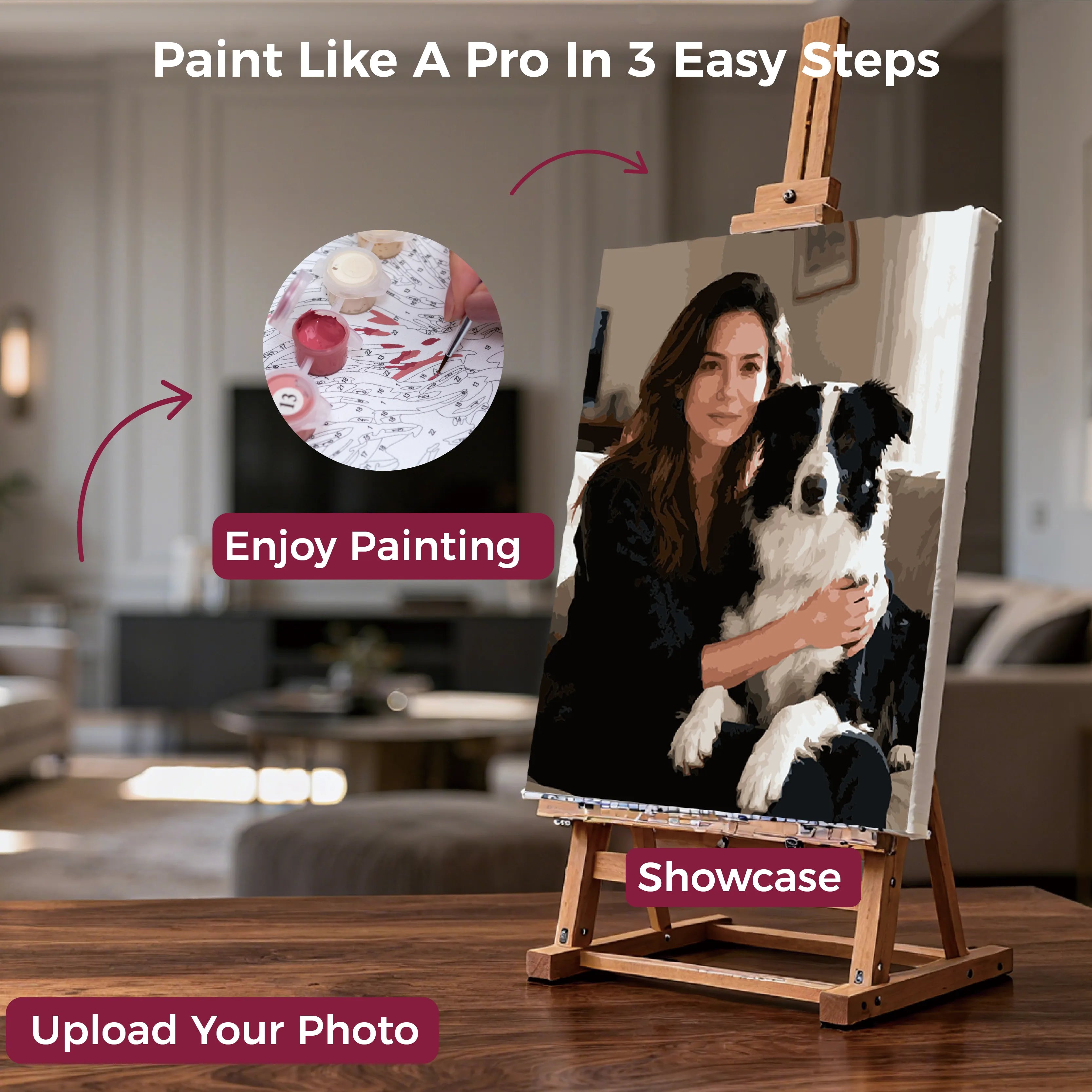
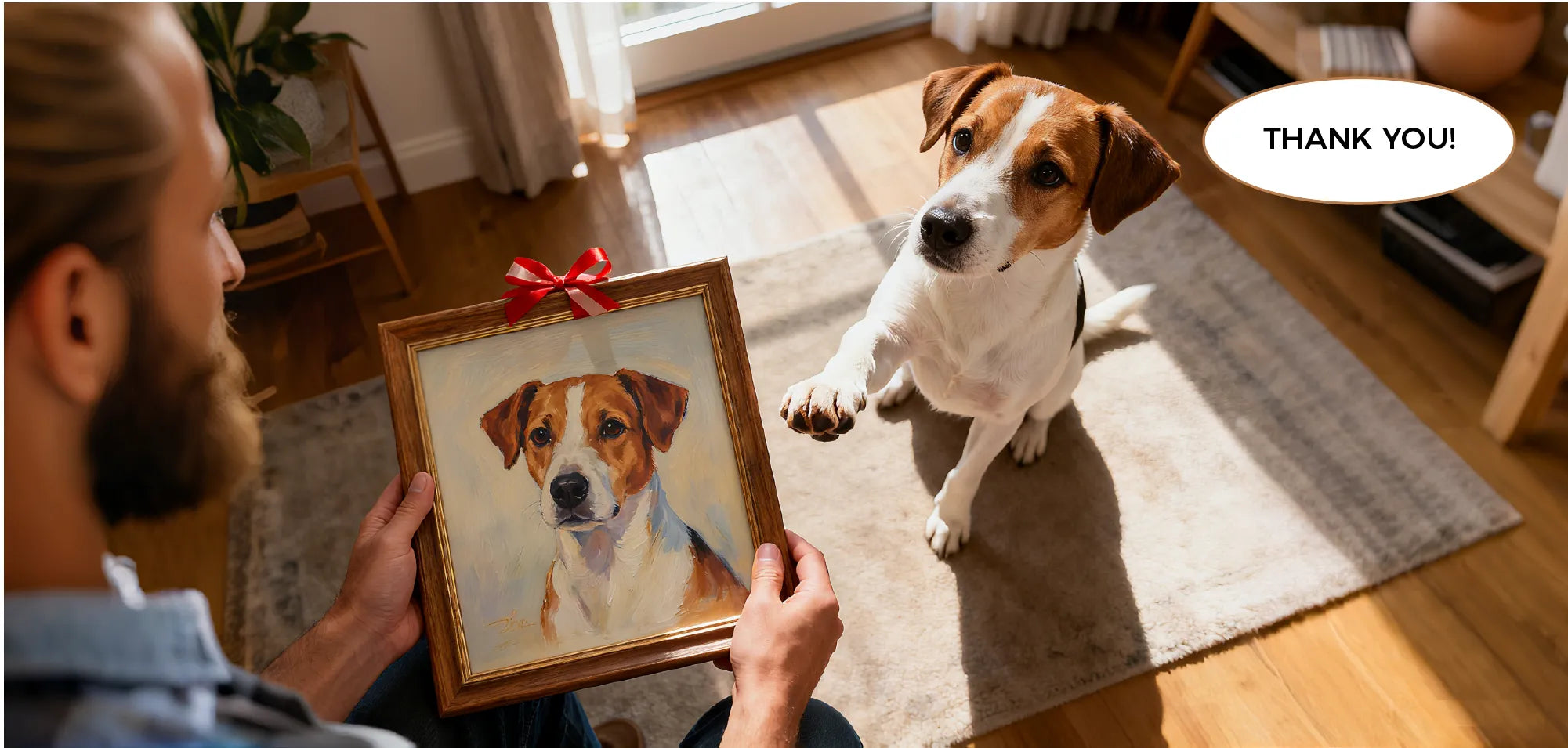
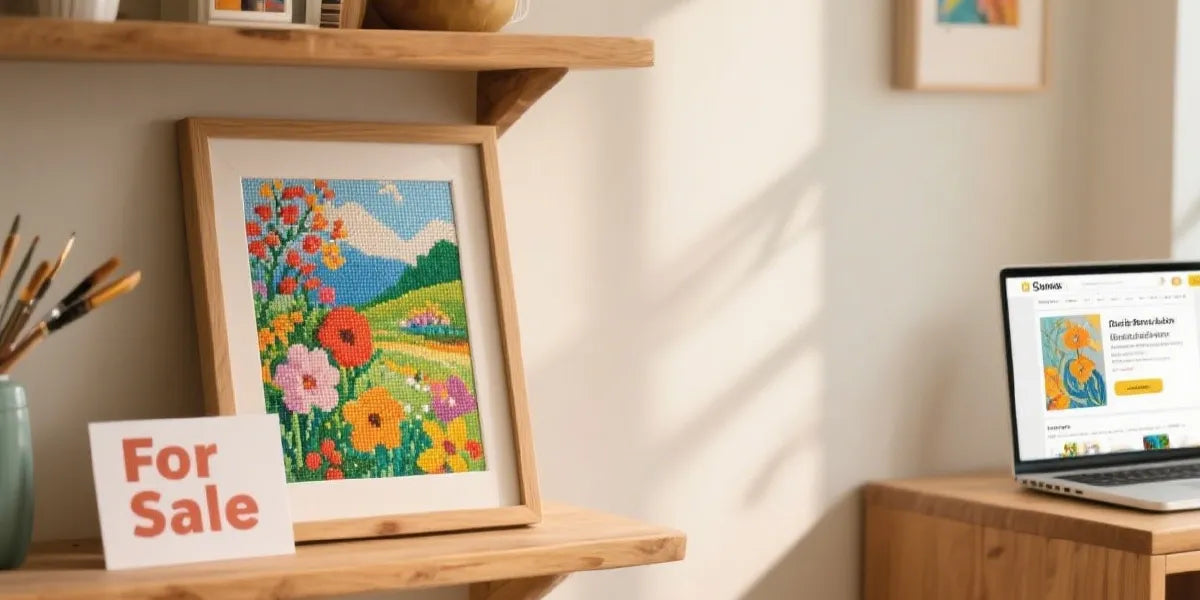
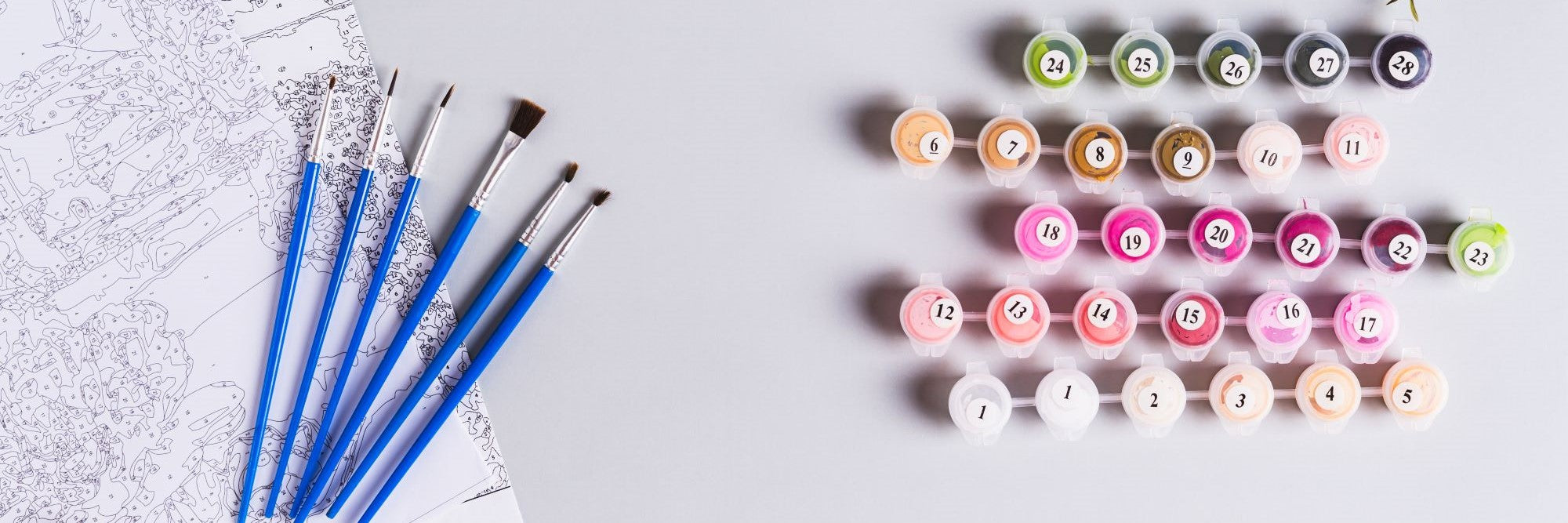
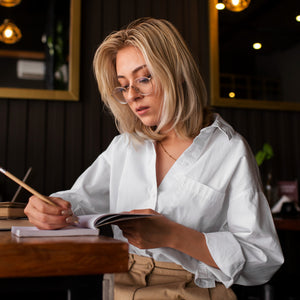
 https://1001canvas.com/blogs
https://1001canvas.com/blogs
